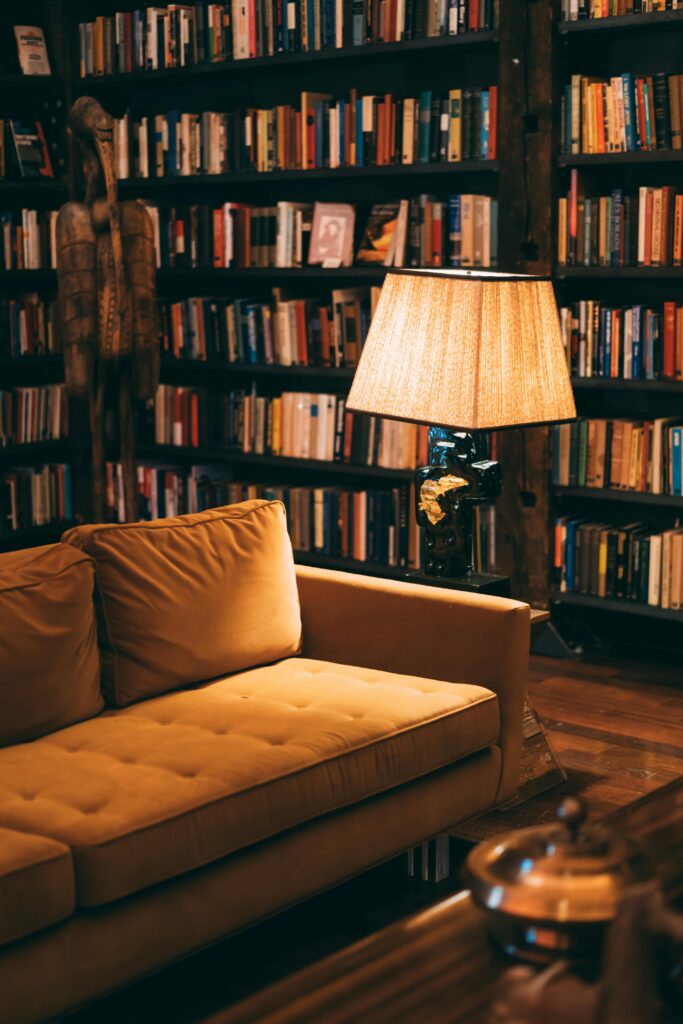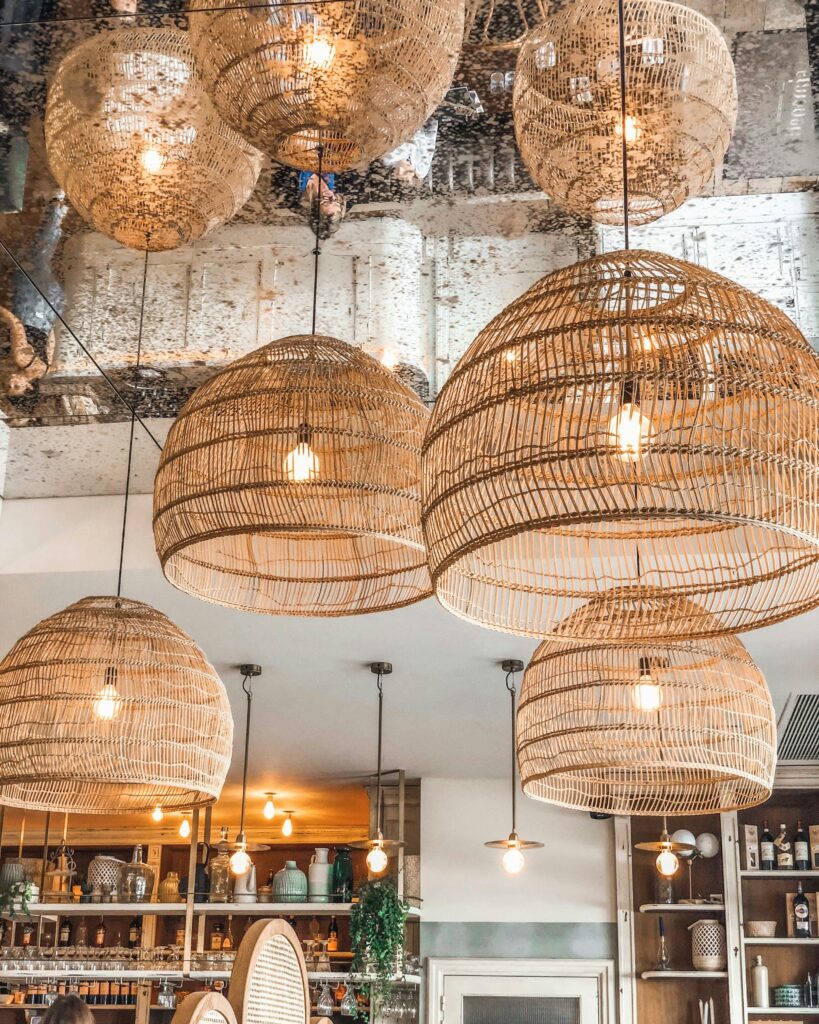
Lighting is a fundamental aspect of home decor that profoundly influences the ambiance, functionality, and aesthetic appeal of a space. Choosing the right lighting, considers the specific need of each room, and complements the overall design style. Here are some tips to help you select the perfect lighting for your home.
Understanding the Types of Lighting
- Ambient Lighting – General lighting that provides overall illumination. Examples include ceiling-mounted or recessed fixtures, chandeliers and wall-mounted fixtures.
- Task Lighting – Focused lighting for specific activities such as reading, cooking, or working. Examples include desk lamps, under-cabinet lighting, and pendant lights over a kitchen island.
- Accent Lighting – Adds drama and highlights particular objects and spaces. Examples include track lighting, wall-mounted picture lights, and landscape lighting.
Consider the Function of Each Room
- Living Room – Use a combination of ambient, task, and accent lighting. Consider a chandelier or ceiling fixture for ambient light, table lamps for task lighting, and a floor lamps or sconces for accent lighting.
- Kitchen – Ensure bright ambient lighting and recessed lights or a central ceiling fixture. Use task lighting under cabinets and over counters. Pendent lights can add both task and accent lighting over an island or dining area.
- Bedroom – Opt for softer ambient lighting with ceiling fixtures or wall sconces. Use bedside lamps for task lighting and consider accent lighting for artwork.
- Bathroom – Use bright, even lighting around mirrors for grooming task. Consider wall sconces or vertical fixtures on wither side of mirrors to reduce shadows.
Match the Style
- Consider the overall decor style of your home. Modern homes might benefit from sleep, minimalist fixtures, while traditional homes might look better with classic chandeliers or vintage inspired lamps.
- Ensure that the lighting fixtures complement other design elements in the room, such as furniture, colors, and textures.


Layer Your Lighting
- Combine different types of lighting to create a balanced and functional lighting scheme. For example, use a mis of ambient, task and accent light in a single room to address different needs and create a dynamic atmosphere.
Control Your Lighting
- Use dimmers to adjust the brightness of lights according to the time of day or the activity.
- Consider motion sensors for convince in areas like hallways and closets.
Experiment and Adapt
- Don’t be afraid to experiment with different lighting arrangements. Test different bulbs, fixtures, and positions to see what works best for each space.
- Adjust your lighting setup as needed to accommodate change in decor, usage, or personal preferences.
Final Tips
- Balance Natural and Artificial Light – Make the most of natural light during the day and supplement it with artificial lighting as needed.
- Consider Shadows and Glare – Position lights to minimize harsh shadows and glare, especially for task lighting.
- Reflect Light – Use mirrors and light-colored surfaces to reflect and amplify light in darker areas.
By carefully selecting and arranging your lighting, you can enhance the beauty, functionality, and comfort of your home.

